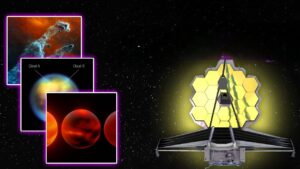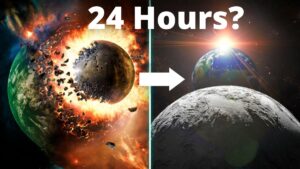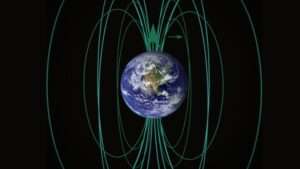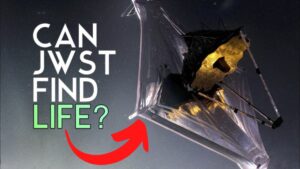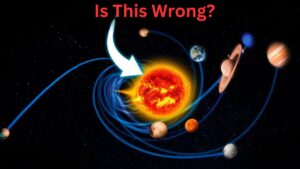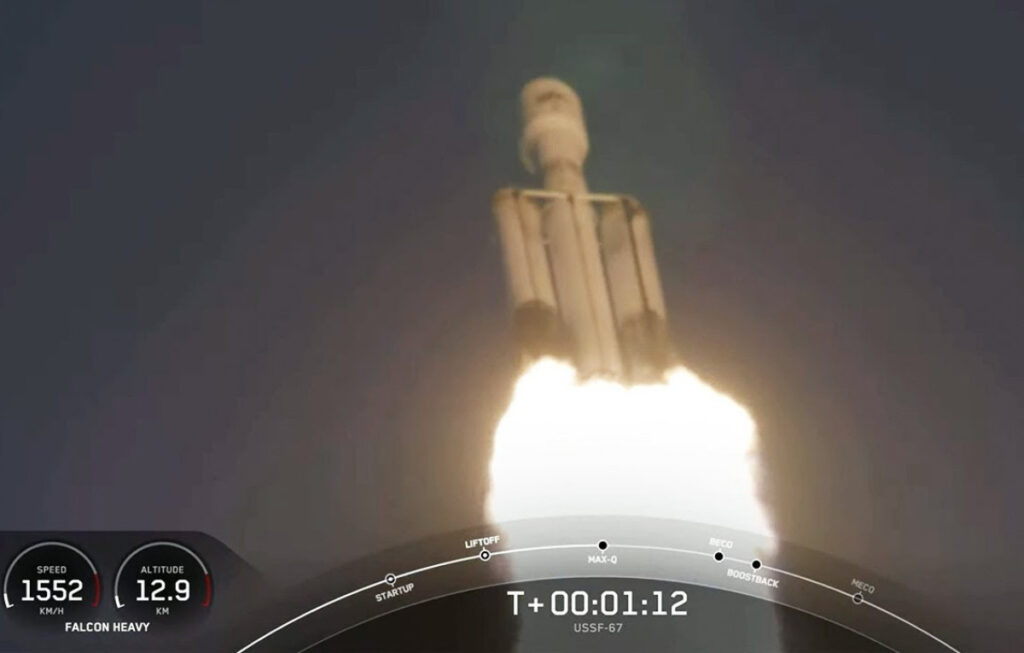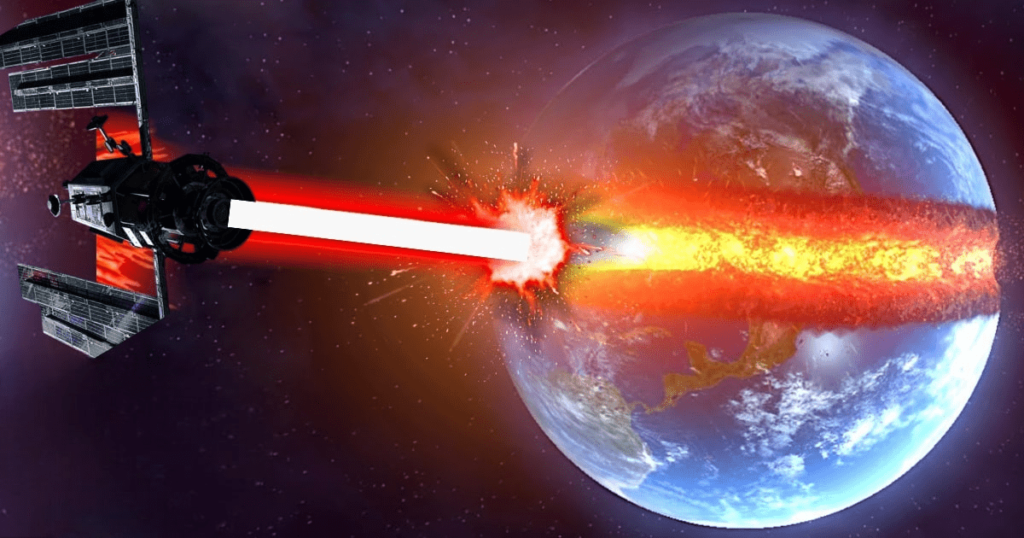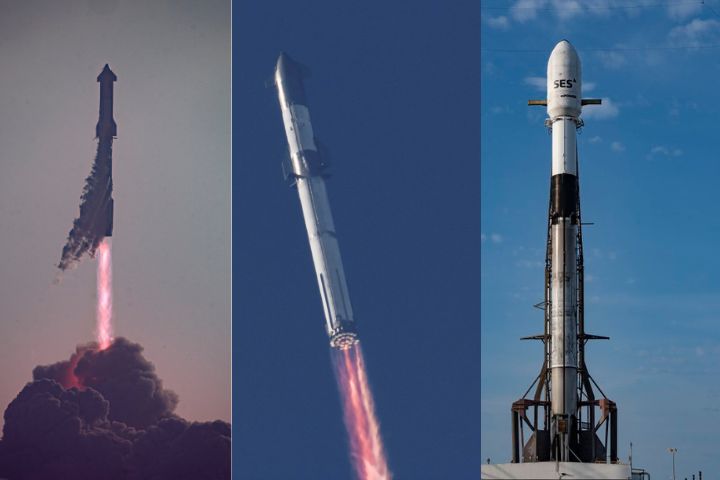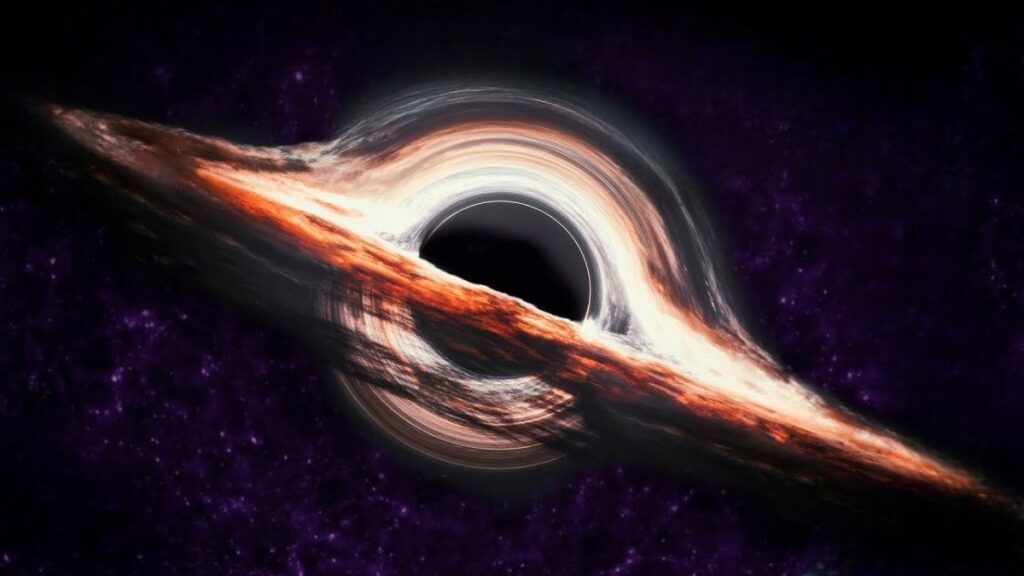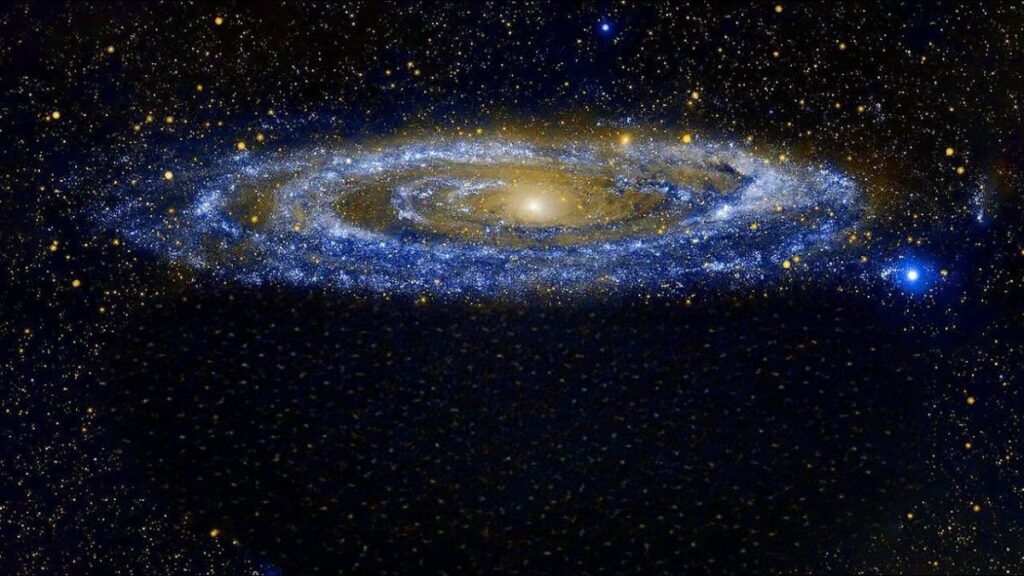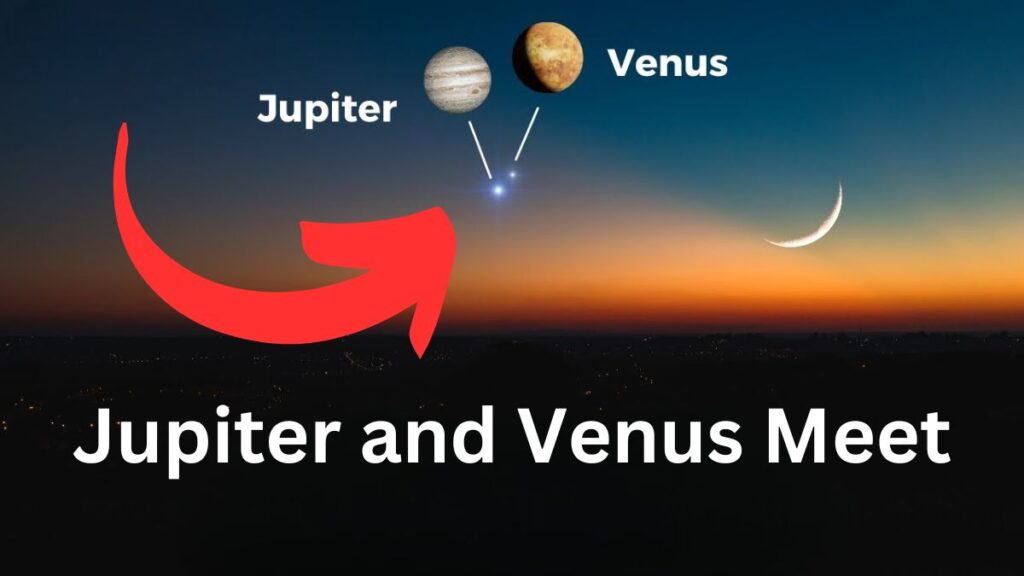
After the sun has set, two bright specks of light dominate the sky if you look west.
From Earth’s perspective, they are Jupiter and Venus, the two brightest planets in the solar system.
As time goes on, the two planets will get closer to one another, culminating in a stunning conjunction in March.
One of the best planetary events that can be observed by unaided eyes will be the conjunction of Jupiter and Venus.
Aside from that, Venus will be obscured for some time when the Moon passes in front of it in March.
You will find every detail of the upcoming celestial event in this video.
Subscribe to our channel before we begin to avoid missing any of these events.
An astronomical event in which two celestial bodies appear to be close together is known as a conjunction.
Rare are planetary conjunctions.
The Great Conjunction, a close encounter between Jupiter and Saturn every two decades, is one of the most famous planetary conjunctions.
On the winter solstice in 2020, it happened for the last time.
The conjunction of Jupiter and Venus is enticing for two primary reasons, despite the fact that the conjunction of Jupiter and Saturn is a delight to observe.
The first is that, from Earth, Venus and Jupiter are the brightest planets.
Even though Mars occasionally surpasses Jupiter to become the second brightest planet, this only lasts for a brief time when Mars is in close proximity to Earth or its opposition.
In the sky, Venus and Jupiter form a pair that looks like a double star and can be seen by naked eyes.
The fact that, in contrast to the Great Conjunction, you do not have to wait for the planets to pass close to each other for two decades is the second thing that sets the Jupiter-Venus conjunction apart.
Venus follows the Sun as seen from Earth because it always stays close to the Sun.
Jupiter, on the other hand, is an outer planet that revolves slowly around the Sun.
Jupiter appears to circle the sky relative to the Sun about once a year from Earth because of the Earth’s motion around the Sun.
As a result, it will annually pass Venus, which is always close to the Sun.
As a result, each year Venus and Jupiter make a single conjunction, as seen from Earth.
Technically, if Jupiter and Venus are seen together in the sky,
In three years, Venus will be in the same spot in relation to the Sun.
Jupiter will be there for 27 years.
Consequently, similar Jupiter-Venus conjunctions occur approximately every three years and three months.
Jupiter-Venus conjunctions can occur at dawn or dusk because Venus always lies close to the Sun.
The meeting will take place on March 1 and 2 in 2023 under the dusk sky.
They’ll only be 29.4 arcminutes, or about a fifth of a degree, apart, close enough to be visible with a telescope or binoculars.
Let’s compare the brightness of the planets, even though the planetary separation will be significant in comparison to the Great Conjunction in 2020.
The apparent magnitude is used to identify the brightness.
The brighter the celestial object, the smaller the number.
The apparent magnitude of the two planets was -1 during the Great Conjunction 82 and +0.64.
The upcoming conjunction between Jupiter and Venus will have an apparent magnitude of minus 2.1 and negative 4.
As a result, Jupiter and Venus will appear even more spectacular in the evening sky, making them easy to see by themselves.
The conjunction will occur in the Pisces constellation.
It is essential to keep in mind that due to our line of sight, Jupiter and Venus will only appear close together in the sky.
They would actually be separated by millions of kilometers.
Jupiter’s evening sky altitude will continue to decrease after the conjunction as it gets closer to the horizon.
Then, in April, it will be in conjunction with the sun.
From our perspective, this indicates that Jupiter will pass behind the Sun and remain hidden from its light for several weeks.
Venus, on the other hand, will keep rising in the evening sky.
As a result, Mars will be close to the planet in June.
The Moon, Venus, and Mars will line up in the evening sky on June 21.
The Moon will come within close proximity of the two planets the following day, as shown.
After the conjunction, the most spectacular Venus-related event will occur on March 24.
As seen from parts of Asia and Africa, the Moon will pass in front of Venus.
As a result, Venus will be temporarily obscured by the Moon as it passes in front of it from these regions of the world.
For the rest of the world, the two celestial bodies will appear to be quite close to one another.
A rare hybrid solar eclipse will occur in April.
![Moon Jellyfish has [ Hidden Secrets ] You don't know moon jellyfish](https://spaceupper.com/wp-content/uploads/2022/11/1-1-300x169.jpg)
